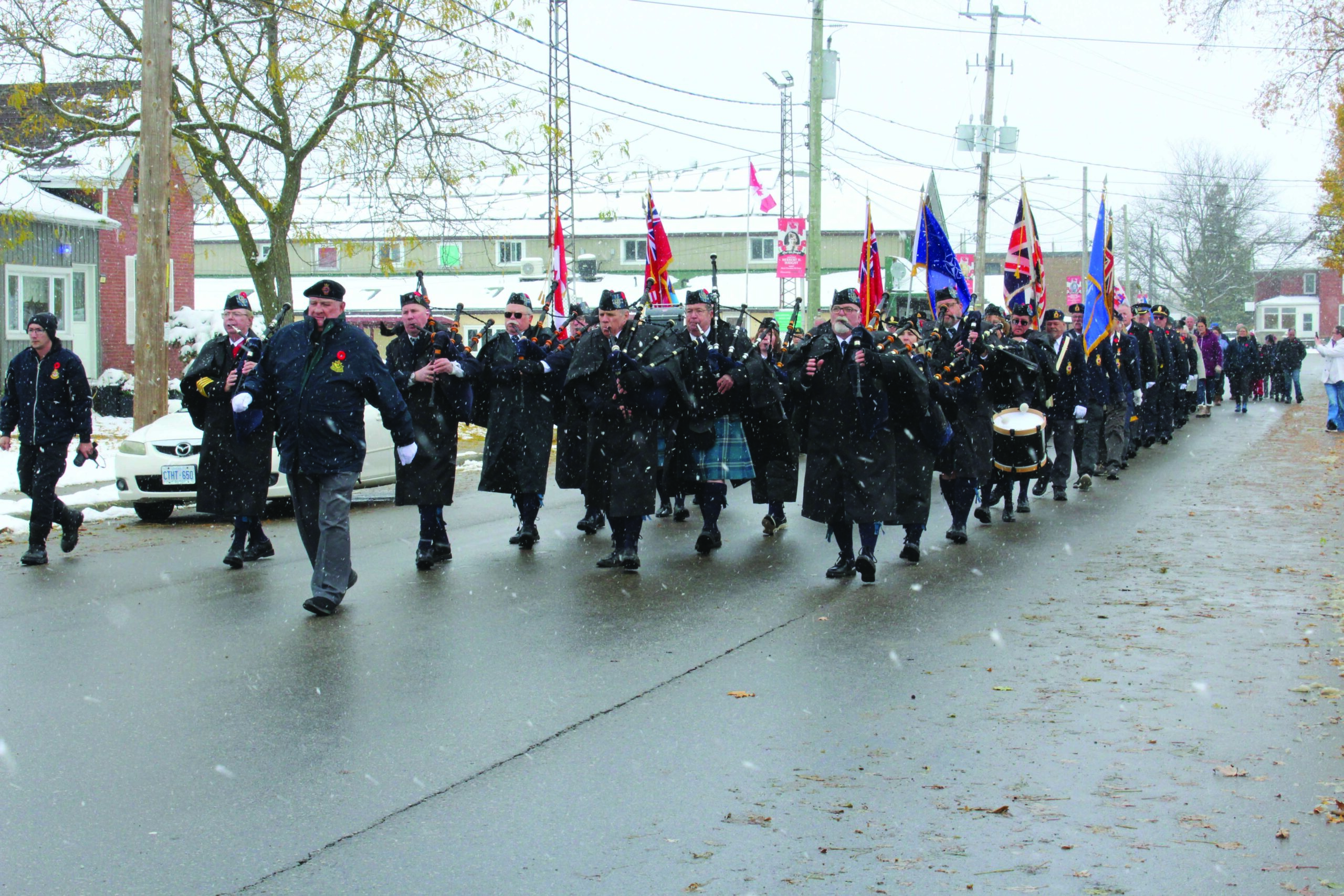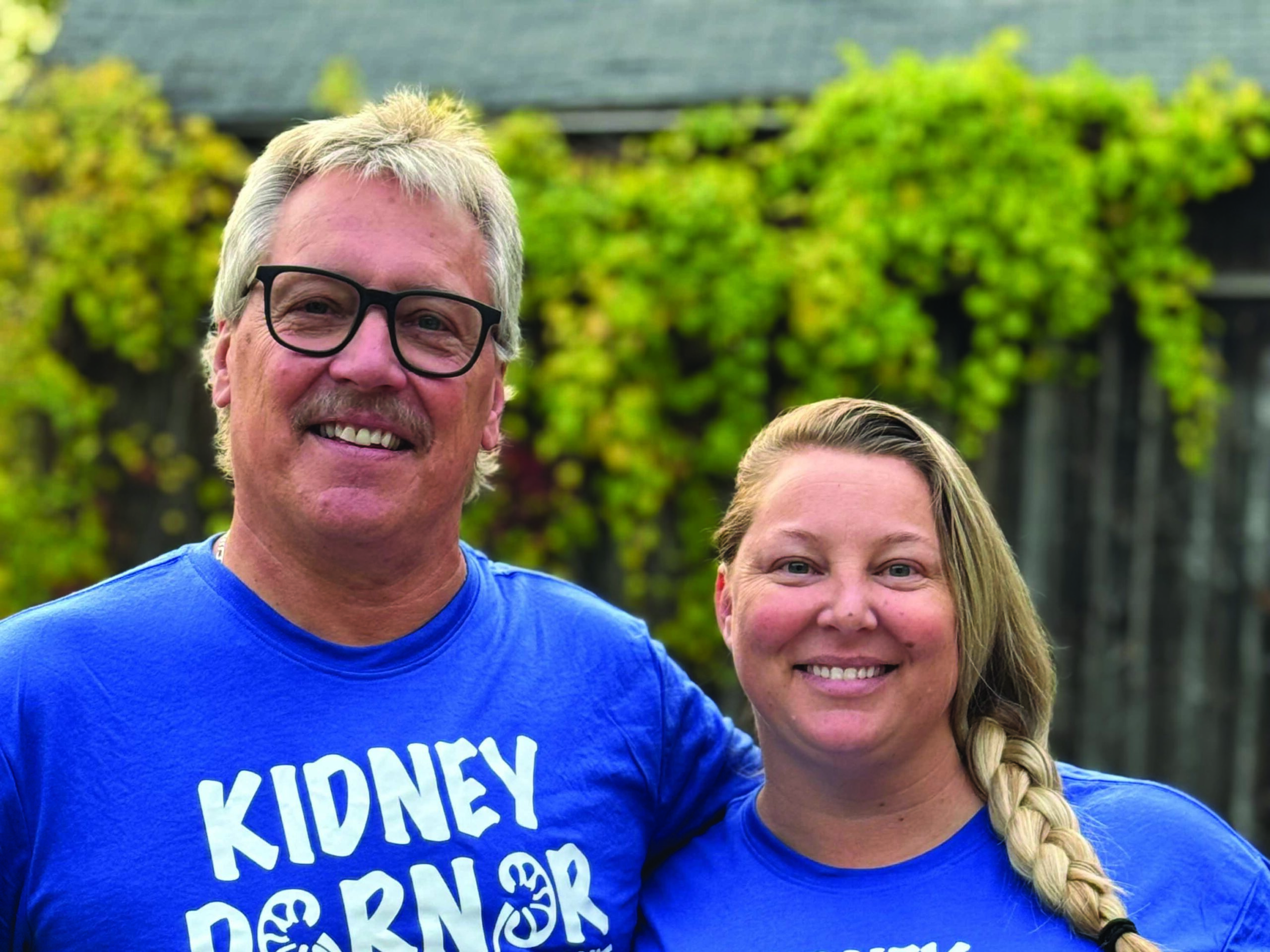From stagecoach stops to sawmills, small farming hamlets across Haldimand grew from a determination of settlers to make vibrant communities, which still remain part of the county’s heritage. Villages such as Garnet, Clanbrassil, Little Buffalo, Nelles Corners, and Hartford tell stories of resilience, innovation, and community spirit.
Garnet, also once known as Bucks, Hallsville, and St. Gusts, rose to prominence when the Hamilton & Lake Erie Railway extended through the area in 1873. Named after British commander Sir Garnet Wolseley, the settlement quickly became a local hub.
By the late 1800s, Garnet boasted a population of around 100, complete with a school, a church, shops, and tradespeople. Its sawmilling centre thrived on pine harvested from along the Plank Road (Hwy. 6), while up to eight wood- and coal-fired trains stopped daily, carrying passengers, freight, and farm produce. Train fare to Hagersville or Jarvis cost just 15 cents, making markets easily accessible.
Garnet’s heyday also included multiple hotels, wagon shops, and even a racetrack. But with the rise of motor cars, passenger rail service ended in 1957, marking the close of an era.
Clanbrassil lies east of Hagersville at the meeting of several roads. Early on, the settlement was known as Dufferin, but confusion with another community of the same name led residents to seek a change. A Presbyterian minister noted the strong Scottish heritage of the area and suggested it deserved a more Scottish identity. It was renamed Clanbrassil, a name rooted in that cultural pride and still used today.
The community is equally well known as “the Gore.” Three roads converged at odd angles in the hamlet, creating triangular-shaped parcels known as “gore farms.” That unique geography gave the hamlet its second name, one that locals continue to use.
For generations, Clanbrassil was sustained by a general store, blacksmith shop, cheese factory, and a ball diamond where Ontario championships were once played.
The community’s Oneida United Church, built in 1902, became a gathering point for worship, fundraising events, and social activities. The nearby Gore Cemetery, established in 1873, earned a historical designation for its role in preserving the memory of early pioneers. Together, these landmarks kept the heart of Clanbrassil alive even as the hamlet remained small in size.
Little Buffalo, situated on Indian Line, earned its name from Indigenous travellers who passed through the area on their way to Buffalo, New York and began referring to it as New Buffalo before the name shifted to Little Buffalo.
A two-storey frame store with a veranda served as its centre, later operated by Laura and Charles Kersey for over 30 years. In the late 1970s, Chief Wellington Staats built a new store and gas bar nearby, continuing the site’s importance as a community stop.
Nelles Corners, located at the intersection of Indian Line and Highway 3, became known for its seed mills, feed, and farm supply businesses. With the arrival of the Great Western Railway in 1871, the hamlet developed as a shipping point for livestock, lumber, and grain.
At its peak in the late 19th century, Nelles Corners featured a hotel, stores, and shops, despite a population of fewer than 100.
While its post office closed in 1916, businesses such as seed mills and farm supply companies continued to define the hamlet’s economy into the modern era.
Hartford, sometimes referred to as Circularville, straddles the Haldimand–Norfolk boundary. The name “Circularville” is said to come from one of the early forms of the circular saw, invented in the area.
The Hartford Public School, built in the late 1800s, served generations of children before closing in 1960.
Churches were central to Hartford’s identity, with both Anglican and Baptist congregations active for more than a century.
While the Baptist church closed in 2024, the Hartford Cemetery continues to stand as a testament to the community’s roots, with stones dating back to the 1800s.
These hamlets never grew into large towns, but their stories reveal the fabric of rural life in Haldimand County. They were places where families – many of them runnings farms – built churches and schools, shipped their grain and cream, and gathered for races, hoedowns, and socials.





